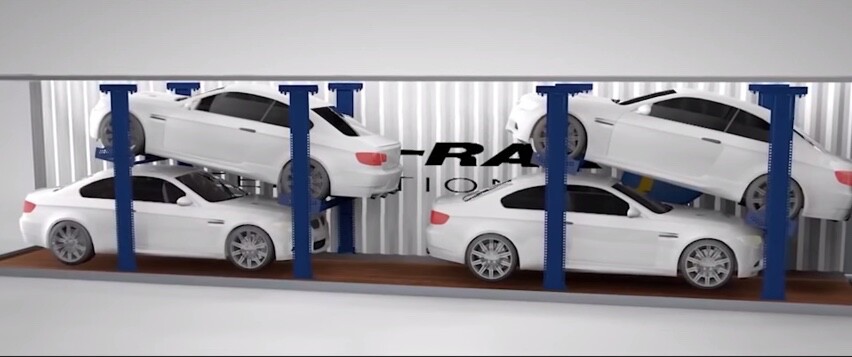If you want to minimize the number of bags that you bring on a trip, you figure out how to pack as much as possible into each one. Now, imagine if you were in charge of putting cars into shipping containers. Given all the shapes and sizes you might be working with, how would you know which ones to put together, and in what configurations? Well, that's where new racking software developed at the University of Warwick comes in. According to the university, it can double the vehicle capacity of shipping containers.
Developed for use with R-Rak shipping hardware made by Trans-Rak International, the software was designed by Piero Filippin, who is the Innovation Manager at Warwick Manufacturing Group.
Using that software, clients start by entering the number of vehicles that they need to ship, along with the makes and models. The program then simulates hundreds of thousands of different loading scenarios, and determines which ones will allow the maximum number of vehicles to fit inside each container. As a result, less containers need to be shipped to transport the same number of vehicles.

Not only does the software suggest which vehicles should be packed together, but it also shows how they should be positioned within each container. They can actually be stacked one on top of another, thanks to the actual R-Rak hardware itself – it consists of an adjustable steel frame that allows the front and rear of the top vehicle to be incrementally raised or lowered as needed, so that the bottom vehicle can fit snugly beneath it.
"Currently, an average of two cars can be stored in each container," the university states. "That capacity would be doubled to four cars using this revolutionary system."
Source: University of Warwick





